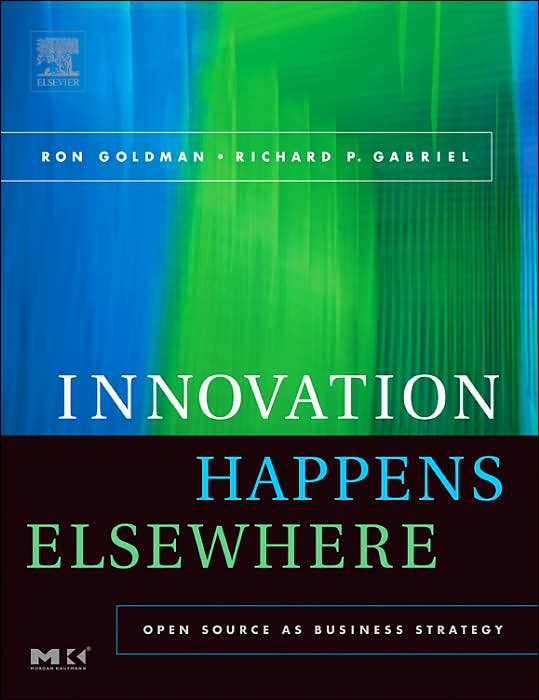|
Previous Table of Contents Up Next 1. IntroductionBusiness is changing after the expansive thinking of the late 1990s followed by the lessons learned in the early 2000s: It no longer makes sense for every company to make and own every aspect of its business. Many companies--perhaps all of them--require software, and many create software as an integral part of running their businesses; and some even produce software as part of their offerings. Every such company knows deeply that producing software is not a cakewalk and that the pace of creating final, usable software is slow. A naïve promise of open source is that it is somehow free of cost. But the real opportunities of open source come from many directions. In fact, there are so many business and strategic reasons for a company heavily invested in creating software to adopt open-source activities that a company that does not can be considered to be out of touch with its own destiny. Even if a company decides that public (or pure, all-volunteer) open source is not for it, using open source within its firewalls could be a smart decision for pure software development methodology reasons. Open Source: A Different Way of Doing BusinessInnovation Happens ElsewhereJumping InUnderstanding Open SourceCommunitiesWho This Book Is Intended ForOpen Source as Business Strategy
|
|||
|
|


